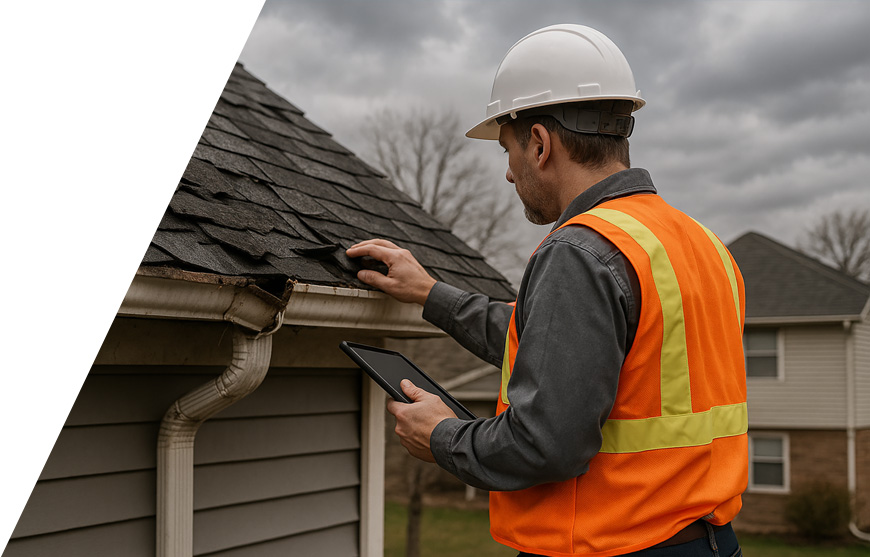Earning customer loyalty is a tough game but cannot be avoided, especially for businesses in the field service industry. Enhancing customer experience has constantly been evolving in every industry over the past decade. With competitors just a call or Google search away, companies have been going above and beyond to delight and satisfy their customers.
The customer experience (CX) has taken centre stage as companies seek to grow their market share. This renewed focus on the customer is reflected in the numbers, the global CX Management market is projected to grow from $11.34 billion in 2022 to $32.53 billion in 2029 at a CAGR of 16.2%.
Over time, customer experience management in the field service industry has evolved. Advancements, like effective field service software, have allowed for not only an increase in operational efficiency but have provided a superior customer experience in the process. It is a win-win for businesses and customers alike.
Customers hate to be kept waiting. Especially customers who are waiting on an update. Fortunately, today’s software is making it easier than ever before to provide up-to-date information to customers calling in. GPS-enabled field service software helps facilitate communications between techs in the field and the back-office staff who are dealing with customer inquiries. This improved communication is helping provide a higher level of transparency and customer satisfaction.
Advantages of using a GPS tracking fueled field service system
No expensive hardware needed
The average cost to create navigation software is about $40,000 and grows in proportion to the app’s complexity. Field service software that has a GPS built-in will reduce this extra cost and the complexity that comes with syncing the navigation software with the existing systems.
Have better control over the service operations
Knowing where your field technicians are is key to improving operational efficiency. With up-to-date information regarding where tech is, or where they are heading, scheduling and rescheduling service tickets by team leaders and dispatchers become a much easier process to manage.
Improved scope for monitoring employees’ clock in and clock out
Field service software with integrated GPS tracking allows for more effective field service management. Clock-in and clock-out locations can be monitored and controlled throughout the workday and even automated. Using geo-fencing, forgetting to clock in or out can be a thing of the past. Geo-fencing can be set up to automatically clock a tech in after exiting their “home” territory at the start of their shift, likewise, once they enter the same area they can be automatically clocked out.
Real-time visibility
Real-time location tracking can help customer-support representatives actively support their customers with respect to if a service technician is already en route and what time they should be expected to arrive.
Route optimization
Route optimization has always been a challenge for field service organizations. Nobody wants to spend time manually plotting routes, and with today’s technology, you no longer have to. Field service management software can use the same GPS it uses for positional tracking to quickly determine routes to the next service location. Options to plot routes based on shortest, fastest, and optimal are all available. Using a GPS for routing and re-routing increases the rate of service delivery allowing for more efficient use of time leading to both a happier customer and happy management.
Reduces unnecessary service calls and saves time
Customer service representatives have the challenging task of sitting between the customer calling in and the service technician in the field. Location tracking of field techs can help. When a CSR knows where tech is in relation to their destination—without having to call and check—things become easier; customers get the information they need quickly and your back-office staff can move on to more important things. Everyone wins.
Cost-efficient and reduced gas emissions
Route optimization is not just about saving time, it can also be a financial issue. An efficient route helps cut down on the amount of gas used—which means less money to reimburse. But it also means generating fewer emissions, which is great for the environment. As a business, there are really no drawbacks to optimizing your routes, but the benefits can quickly add up.
Conclusion
The customer experience in the field service industry has come a long way. With advancements in technology, like GPS-enabled field service software, businesses and customers are benefiting from increased efficiency and transparency. If you’re looking for a live tracking system that will help improve your customer’s experience, give Zuper a try. Our team is passionate about providing field service businesses with the tools they need to succeed and our software is designed to do just that. Schedule a demo today to learn more.


